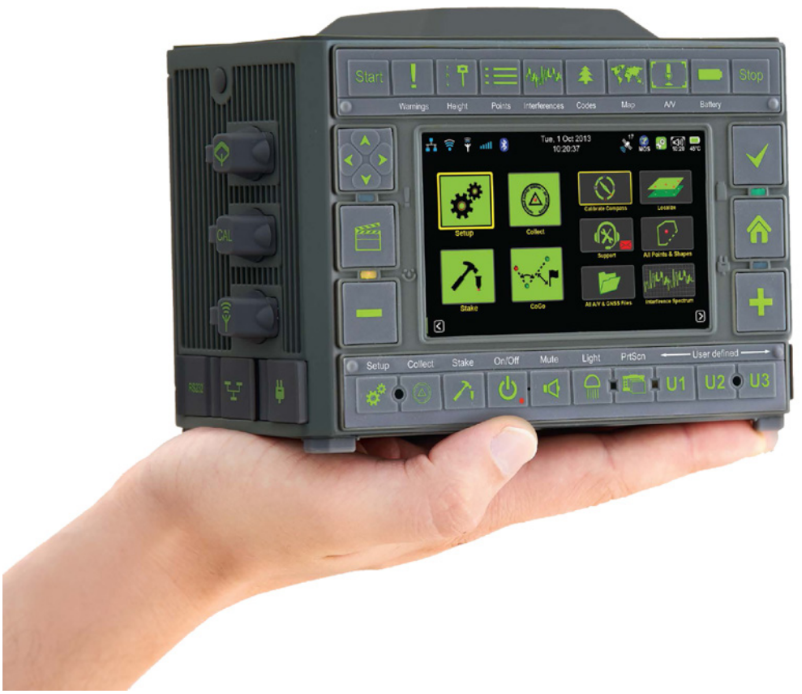The GNSS receiver is normally placed vertically above a point of interest and the measurements are reported to this point by knowing the height of the receiver’s antenna. The new receivers employes sensors which can measure the tilt (from the horizontal plane). Knowing the receiver’s tilt and slant distance to the point allows to correct a situation when the antenna is not centered perfectly above the point. The project goal lies in the determination of the accuracy of such tilt-compensation implemented by the receiver. The student shall propose the methodology and employ additional sensor(s)/observation to provide reference values. The results are then used and crosschecked with known points of interest already established around and outside EPFL.
